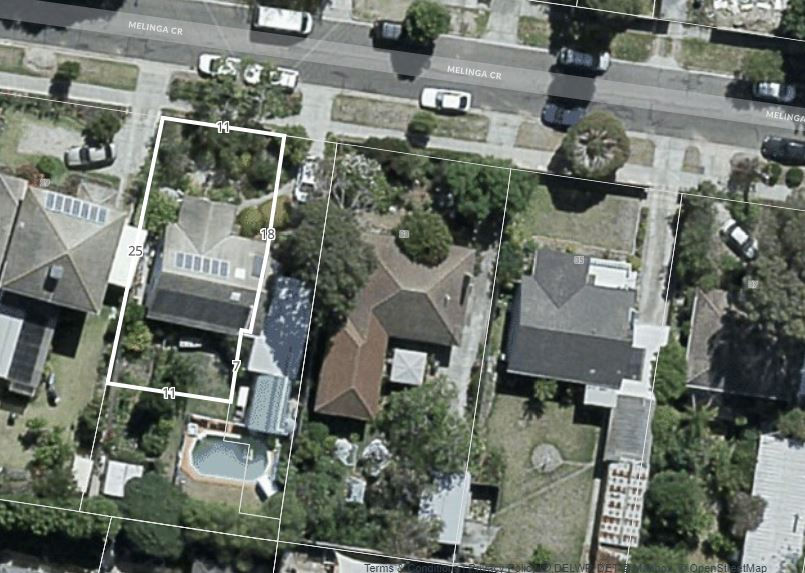Subdividing your property? The Town Planning workflow
- Swarup Dutta

- Sep 17, 2017
- 4 min read
Updated: Nov 8, 2020

I recently wrote an article for a leading construction media, Sourceable. we covered how the town planning process works at your local Victorian Council. You can read it here
This is the article:
If you are planning to subdivide a property or propose to build a single dwelling on a lot size smaller than the minimum allowed by your council or building in a property affected by certain overlays, one must apply to council for development consent.
How long does it take to obtain a decision from council? It all depends on the council and the workload.
Typically, a planning officer at council could be handling multiple applications and that resource is often over stretched. But allowing anything from six months and upwards is being realistic.
A council has a time frame to make a decision after the last Request for Further Information is provided. One can persist with council and work through patiently or one can apply to the VCAT for failure to make a decision within the prescribed time. One has to calculate the time limitation with utmost care.
If you apply to VCAT for failure to make a decision, then the VCAT will assume the council has refused the application. If you apply before the notification (advertising) period, then the applicant will undertake the advertising tasks.
Here is a list of steps involved with a typical town planning application for, say, a dual occupancy or multi-unit subdivision for development consent to build particular structures (e.g. two townhouses or a block of units and so on):
1. Is a pre-application meeting a must?
It's best to conduct a pre-application meeting for large projects. Your architect or designer should be able enough to run a simple town house or dual occupancy projects without one unless there are grey areas or complex overlays.
The planning officer will provide some guidance on the design, but their comments may be very fluid!
2. The town planning application
A town planning application should be accompanied by a full set of drawings (including, but not limited to, plans, elevations, site description, shadow diagrams, and overlooking solutions) plus a written report and maybe a landscape plan. A copy of recent title must be provided together with the application fees. Development costs generally in excess of $1 million (but please check the current threshold) must be accompanied by the planning levy certificate.
3. The RFI
Council must within a prescribed time notify the applicant if the application requires any further information (the RFI) in the prescribed manner. Council may request further information if your planning permit application is not complete.
4. Public notification- everyone is invited!
If your planning permit application involves use or development of land that affects other houses, units or businesses, then your application may be advertised. The advertising period technically expires after 14 days.
5. Warning: objections will surface!
A neighbour - or for that matter, anyone - can object to the planning application. The objectors can lodge an objection to council in writing. An objection is really valid if it has merit in terms of breach of the planning regulations. Emotional objections (which are quite common) are often ignored. However, a large number of objections can pose a problem both for the planning officer (who gets tired explaining the application to objectors) or the councillors who are thinking of the next election.
Very often, a consultation meeting is arranged between the applicant and the objectors. The planning officer and ward councillors chair such meetings, which can be emotionally charged.
6. Council’s decision
After the mediation is over, council must make a decision to grant a permit or refuse the application, or if there are objections, issue a notice of decision to grant a permit (NoD).The objectors can then accept the NoD or appeal the NoD at the VCAT.
A failure to make a decision could be appealed at the VCAT.
Should council or the VCAT grant a planning permit, the architect or designer application must satisfy the permit conditions, which could involve more details or amendments to the design.
Council must make a decision based on the myriad of tools and approved policies available to it.
7. The VCAT option
You can appeal to VCAT to review a council decision about a planning permit application. An objector can do the same. Filing an application at the VCAT is a serious matter and it is best to seek professional advice.
The grounds of appeal must be thought through carefully and should be planning based.
8. You can amend a planning permit
There are some circumstances where you may need to change your planning permit. A fee is normally applicable. Should the amendment be cosmetic and is mostly internal, council may make a decision to amend the permit. In some cases, further public notification may be involved.
9. Extensions to a planning permit
You can submit a request to council to extend the expiry date on your planning permit. Council will grant at least one extension. They normally will refuse multiple rollover to avoid land banking by developers.




Comments